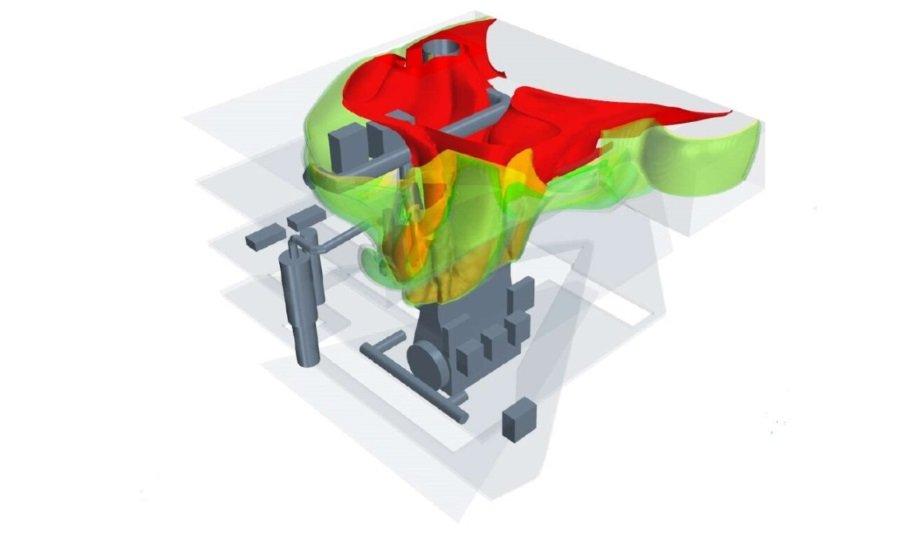In a pioneering safety development, ABS is using advanced modelling and simulation technologies to develop emergency response methods to assist ports and crew in responding to ammonia leaks or spills.
It is the first step towards a comprehensive and fast ammonia release response system, capable of predicting the behaviour of an ammonia plume and directing emergency mitigation services accordingly.
Significant operational challenges
Thanks to its potential for zero-carbon emissions, ammonia is widely viewed as a promising fuel solution for a more sustainable industry but its high toxicity presents significant operational challenges on board and ashore.
ABS has always been a safety pioneer, so we are well placed to tackle the significant operational risks"
“ABS has always been a safety pioneer, so we are well placed to tackle the significant operational risks presented by this critical piece of the net-zero jigsaw puzzle. Our advanced simulation and modelling approach is already shining a light on the unique behaviours of this fuel in a range of scenarios. This will inform the strategies of ports, crews and emergency services and enable immediate and informed response to an ammonia release. This is the sweet spot for ABS, the nexus of advanced technology, regulation and safety and we are on course to deliver a significant safety development for the industry,” said Christopher J. Wiernicki, ABS Chairman, President and CEO.
Discrete event simulations
An industry pioneer in modelling and simulation, ABS combined those techniques with Computational Fluid Dynamics (CFD) to create a high-fidelity model designed to replicate ammonia dispersion patterns in the engine room. Using this new model, ABS specialists studied the impact of various ventilation approaches on the behaviour of ammonia plumes resulting from leakages from the fuel lines, revealing optimum methods to vent the ammonia plume.
Leveraging this industry-leading approach, a dynamic model will be able to swiftly predict the response of an ammonia plume to a range of parameters such as wind speed and direction, humidity, cubic meters per second and relationship of the vessel to port. In addition to dispersion analysis, agent-based discrete event simulations to study the response of crew, port authorities, and emergency services after dispersion will be conducted.
